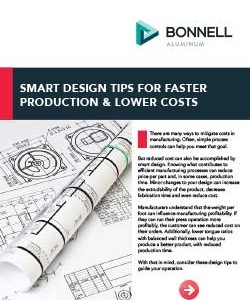blog & educational outreach
Smart Design Tips for Faster Production & Lower Costs
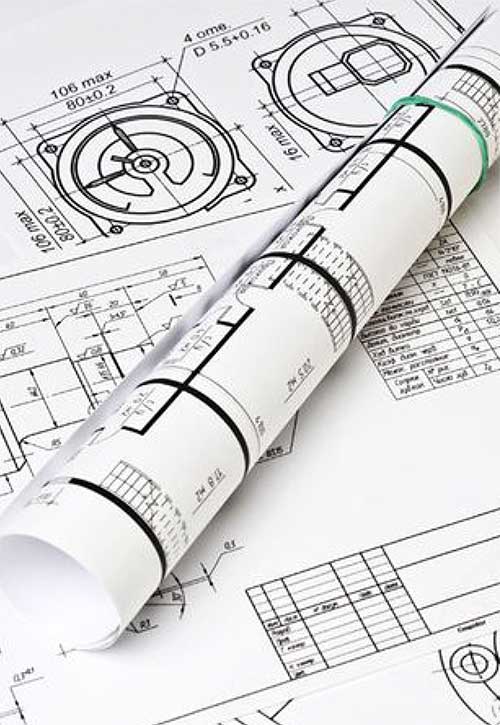
There are many ways to mitigate costs in manufacturing. Often, simple process controls can help you meet that goal.
But reduced cost can also be accomplished by smart design. Knowing what contributes to efficient manufacturing processes can reduce price per part and, in some cases, production time. Minor changes to your design can increase the extrudability of the product, decrease fabrication time and even reduce cost.
Manufacturers understand that the weight per foot can influence manufacturing profitability. If they can run their press operation more profitably, the customer can see reduced cost on their orders. Additionally, lower tongue ratios with balanced wall thickness can help you produce a better product, with reduced production time.
With that in mind, consider these design tips to guide your operation.
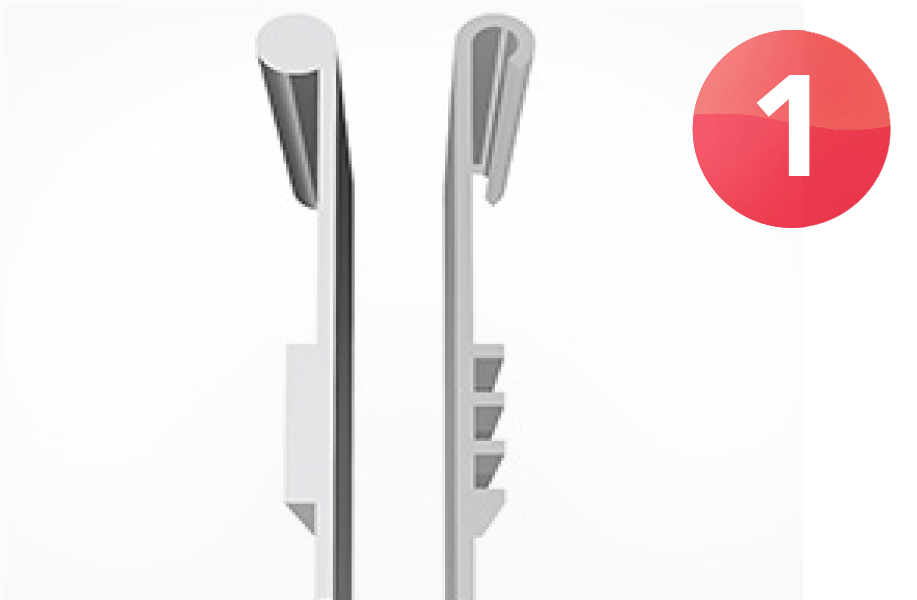
Part on left features varying wall thickness. On right, the same part with uniform thickness.
DESIGN WITH UNIFORM WALL THICKNESS
Besides the obvious reduced cost due to material usage, uniform walls can help you attain other efficiencies. Wall thickness can be affected by a variety of factors including the alloy, shape, tolerances and surface treatments.
Quicker production time can be leveraged on the extrusion side if a uniform wall thickness is specified. For instance, parts designed in this fashion can be less susceptible to warping and can cool faster during production.
Additionally, product weight can be reduced by this simple design change. Uniform wall thickness also aids in improving contour, dimensional precision, surface uniformity and overall profile consistency.
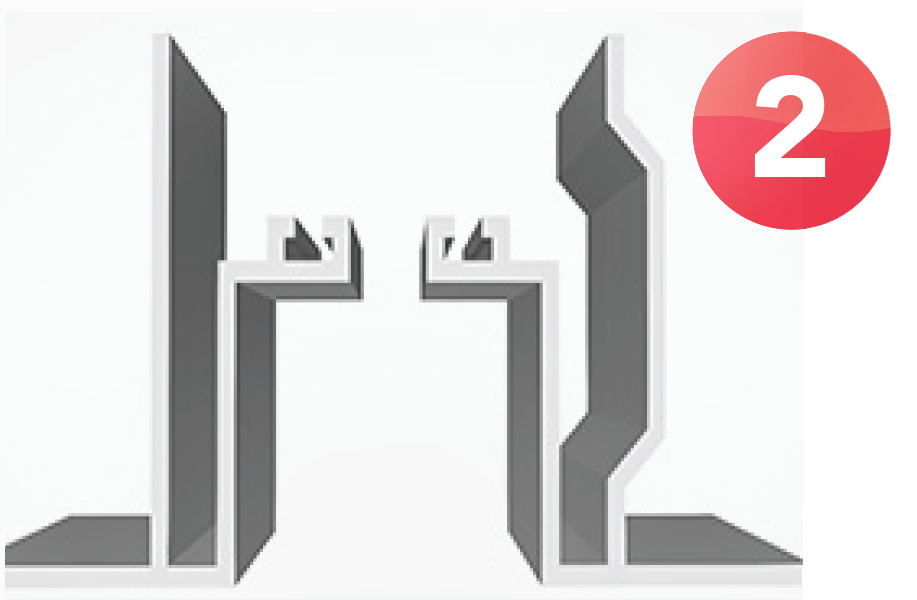
Part on the right solves the “symmetry” design issue.
DESIGN WITH SYMMETRY IN MIND
Symmetry and uniform wall thickness go hand in hand. Products that are designed symmetrically help ensure a balanced flow through the die and overall profile consistency. And, since the extrusion process doesn’t allow for sharp corners, consider a minimum radius rounding of 0.5-1 mm.
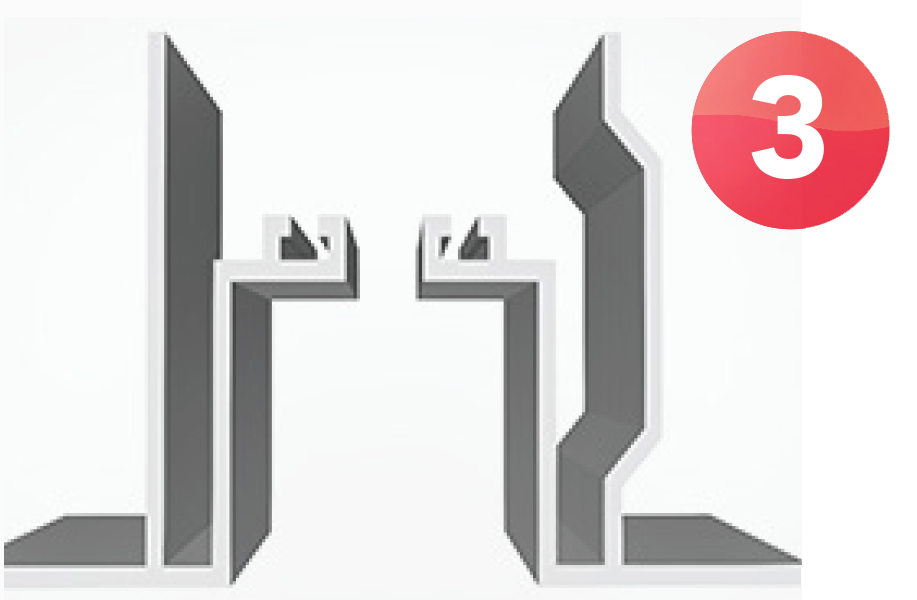
Part on the right solves the “reduction” design issue.
REDUCE DEEP HOLLOWS
Whenever possible, reduce deep narrow tongues during the design phase. High tongue ratios (width vs. height) can increase the potential for breakage which can factor into cost considerations and production down time.
Reducing semi-hollow ratios can decrease die breakage and can even increase die life. Broken dies prevent on time shipments and ultimately, customer satisfaction.
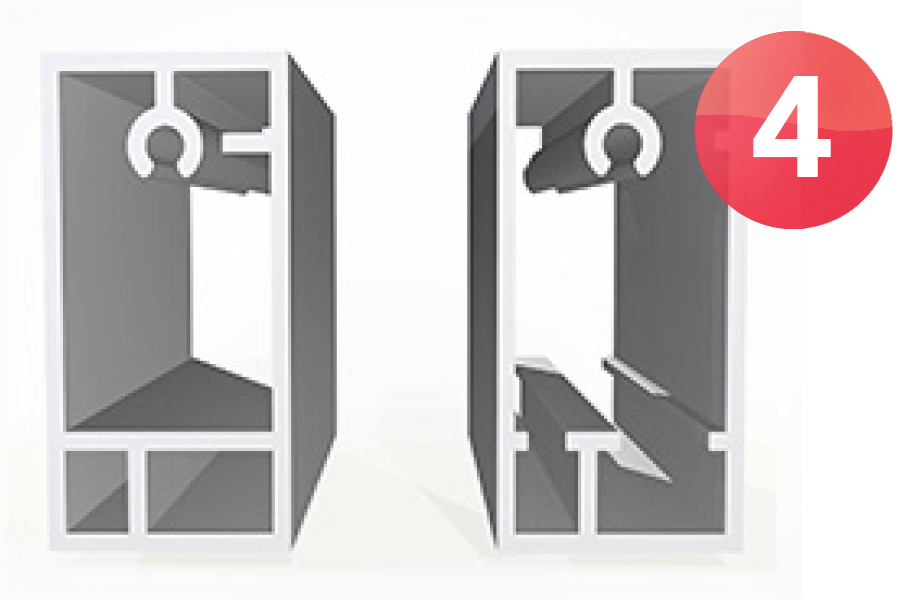
The part on the right is corrected to remove cavities and does not reduce overall strength of the part.
DECREASE THE NUMBER OF CAVITIES
Multiple hollows can increase the cost per part by factoring in the chance that it increases the propensity for the die to break. As an example, a single void, hollow die with smoothed transitions can affect the cost per foot of your extrusion design. Fewer cavities means reduced die cost and less die breakage during the extrusion process.
Easy to extrude profiles have a few things in common. They are created with symmetry in mind, they avoid deep and/or narrow channels, they exhibit uniform wall thickness, and are designed with radius corners. Additionally, simple round shapes flow through dies with ease.
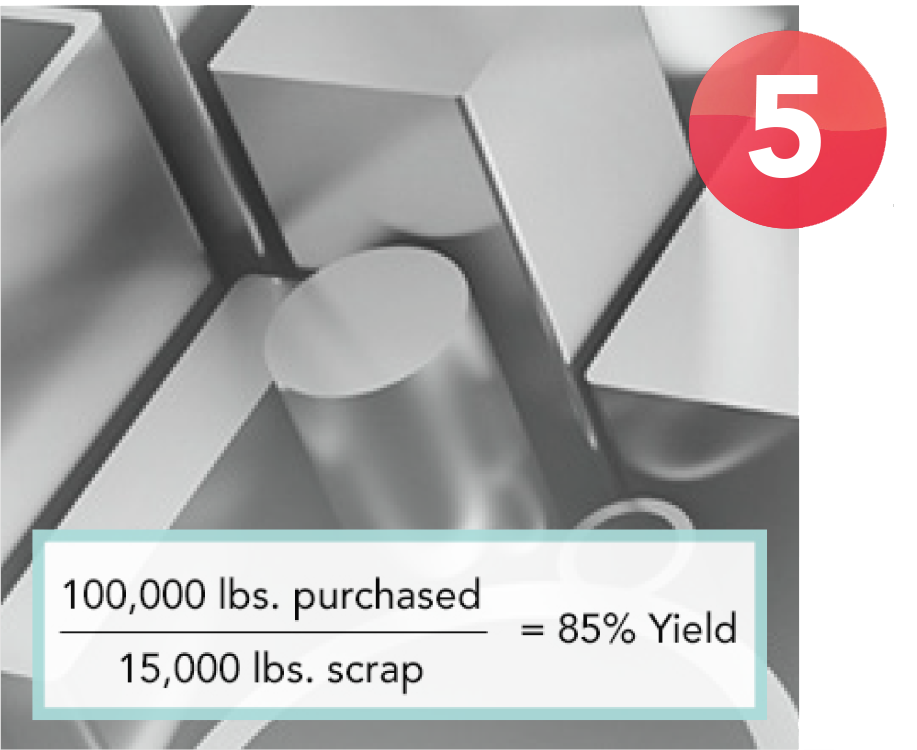
CHANGE YOUR VIEW ON YIELDS
Every manufacturing process has a cost of scrap. Some companies track this cost, others do not, viewing it as an overall cost of doing business. In many cases, the fall-off from production can be alleviated by changing how you view your yields.
If you purchase aluminum by the foot, it is advantageous to also track cost per pound. In that way, scrap can have a cost-basis in recycled product. The side benefit to this process is, once claimed as a cost, you can work toward creating efficiencies that reduce that cost. Your scrap count should be a key performance indicator for your business, and while selling scrap for recycling is a short-term fix, creating efficiencies in production to eliminate scrap and increase yield is the better prescription for your business.
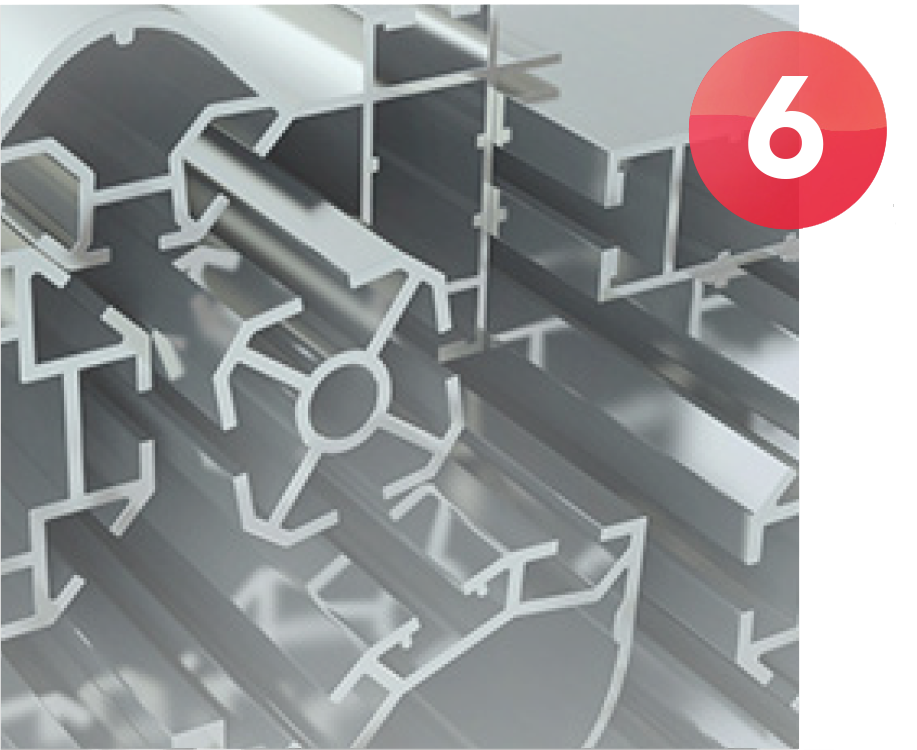
GET INPUT ON YOUR DESIGNS
Exceptional work is born in the conceptual phase. At this stage, even one small design change in an aluminum extrusion profile can result in major cost savings on downstream processes. By working with your designs to identify improvements early, Bonnell Aluminum engineers can assist with the creation of customized aluminum profiles that meet your precise needs and save you time and money.
There is no standard project. We approach every application with individual attention and laser focus, leveraging our lean, flexible manufacturing expertise to custom craft a solution that fits your unique needs.
